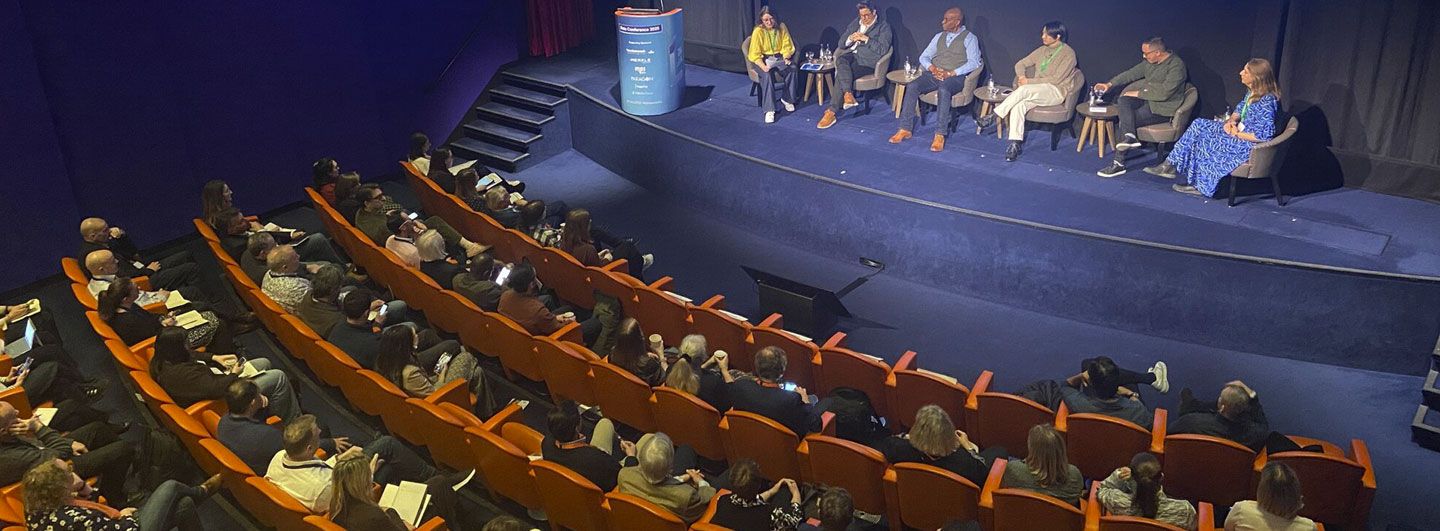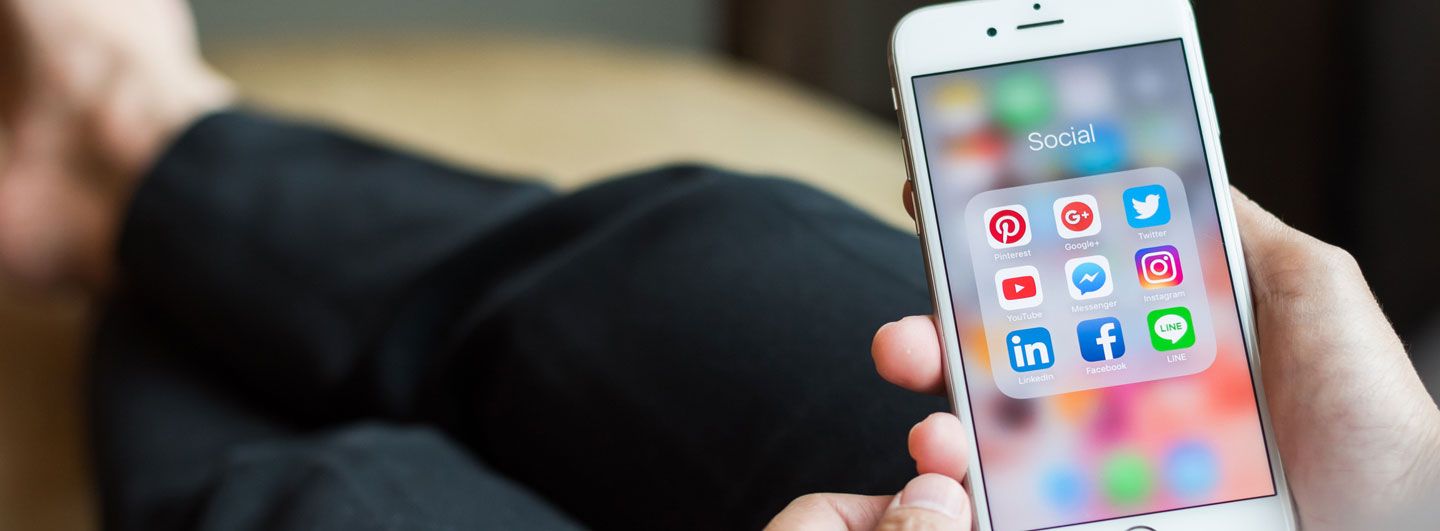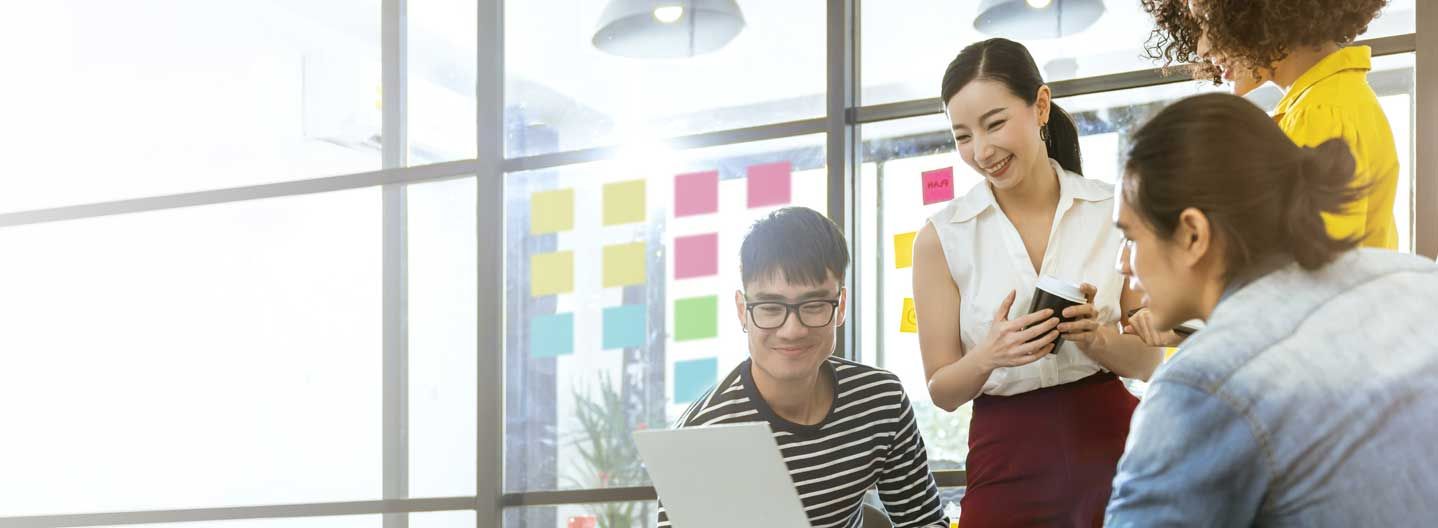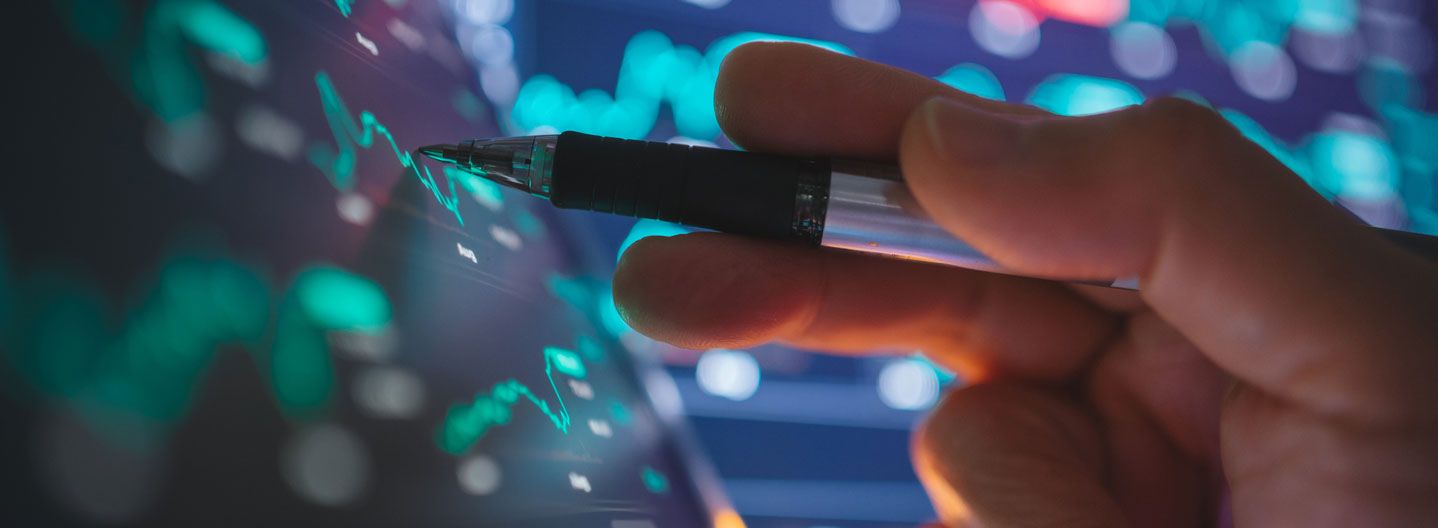
Pillar
Creativity
Creativity is at the heart of marketing that moves people and drives results, showcasing the transformative impact of imagination.
Here, you will find the DMA’s full suite of creativity-focused content. From the latest DMA research to market insights, practical guidance, as well as courses and events, this is your go-to resource for inspiration, and best practice in creative marketing.
Events & webinars

17th Mar 2026 09:00 - 17:00
Annual Conference 2026
Reports, guides & templates
Courses & qualifications
NOT A MEMBER YET?
Join today
700+ organisations. 27,000 marketers. One mission.
We’re uniting the marketing world with our innovative and inspiring customer-first approach. We provide resources, training, and support to empower marketers to ensure responsible data use, meaningful connections and sustainable success.















